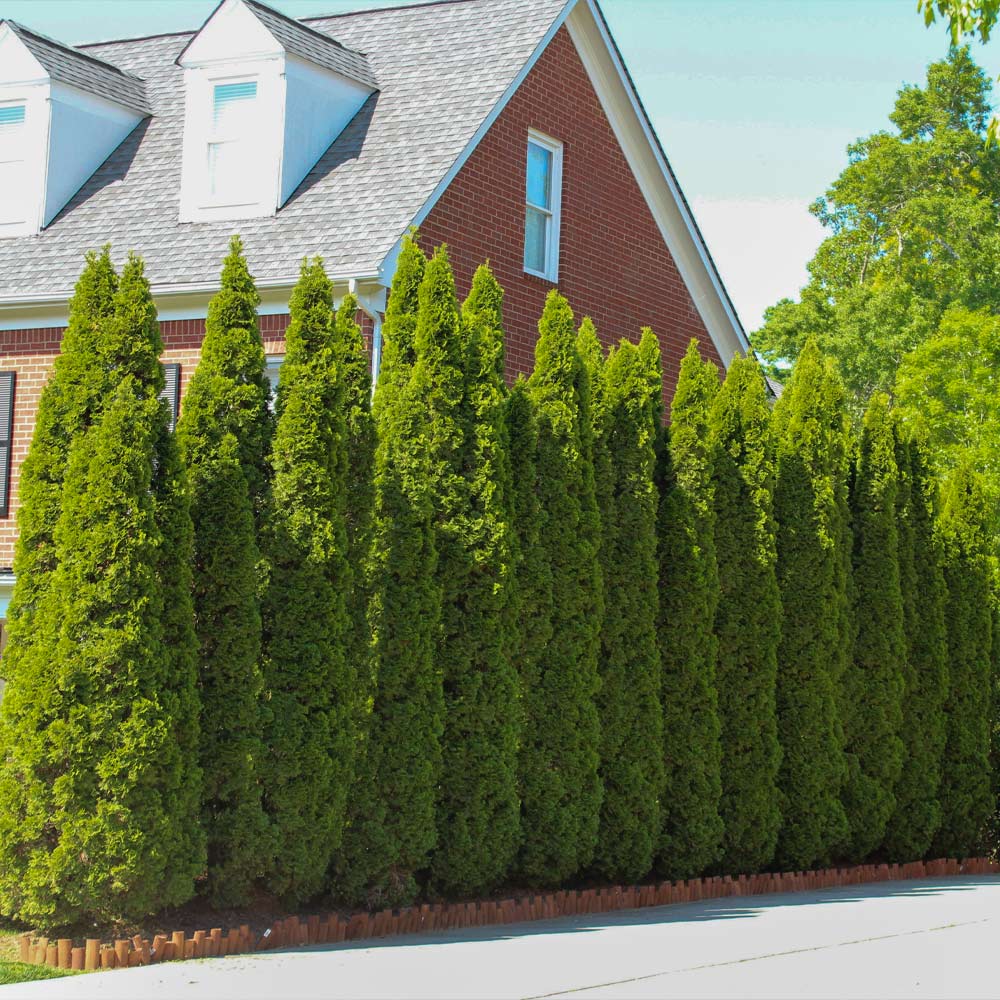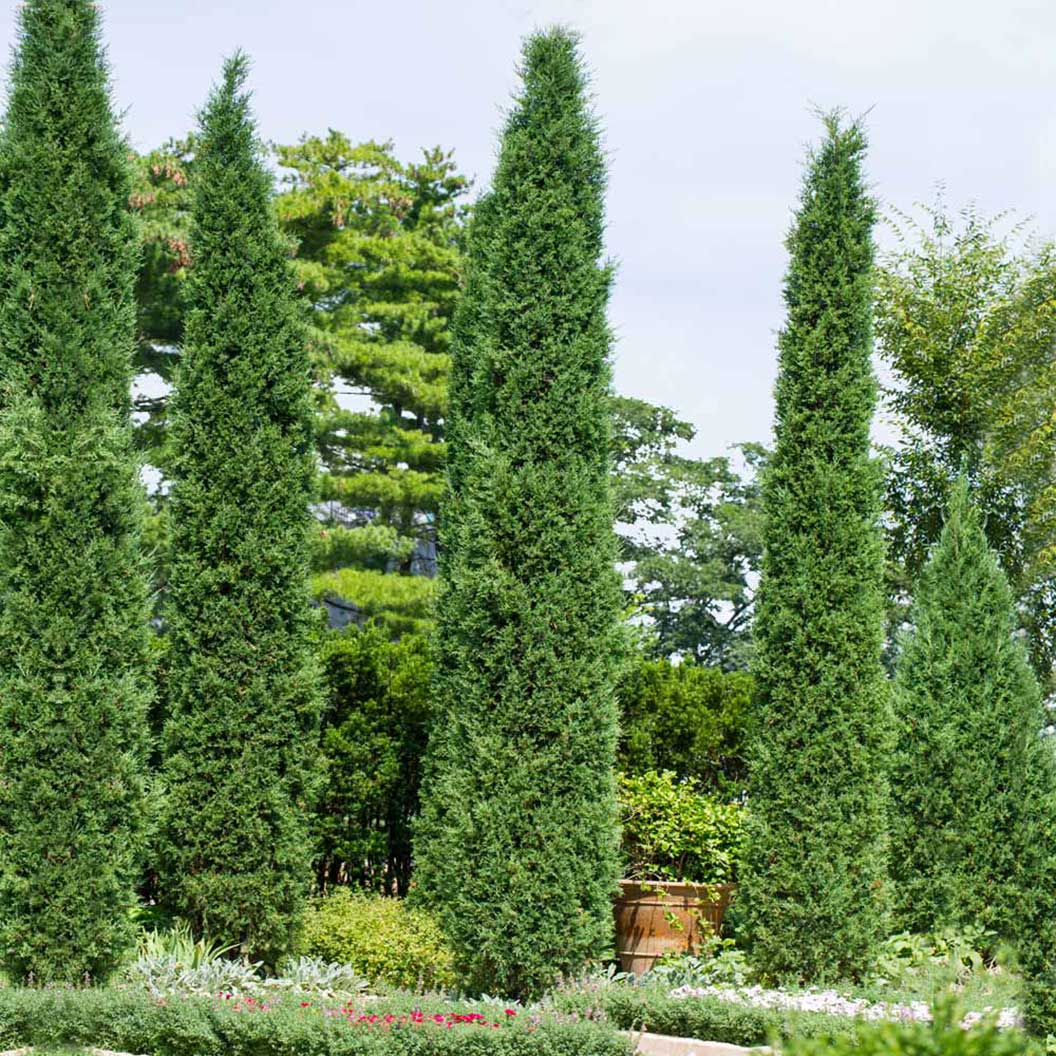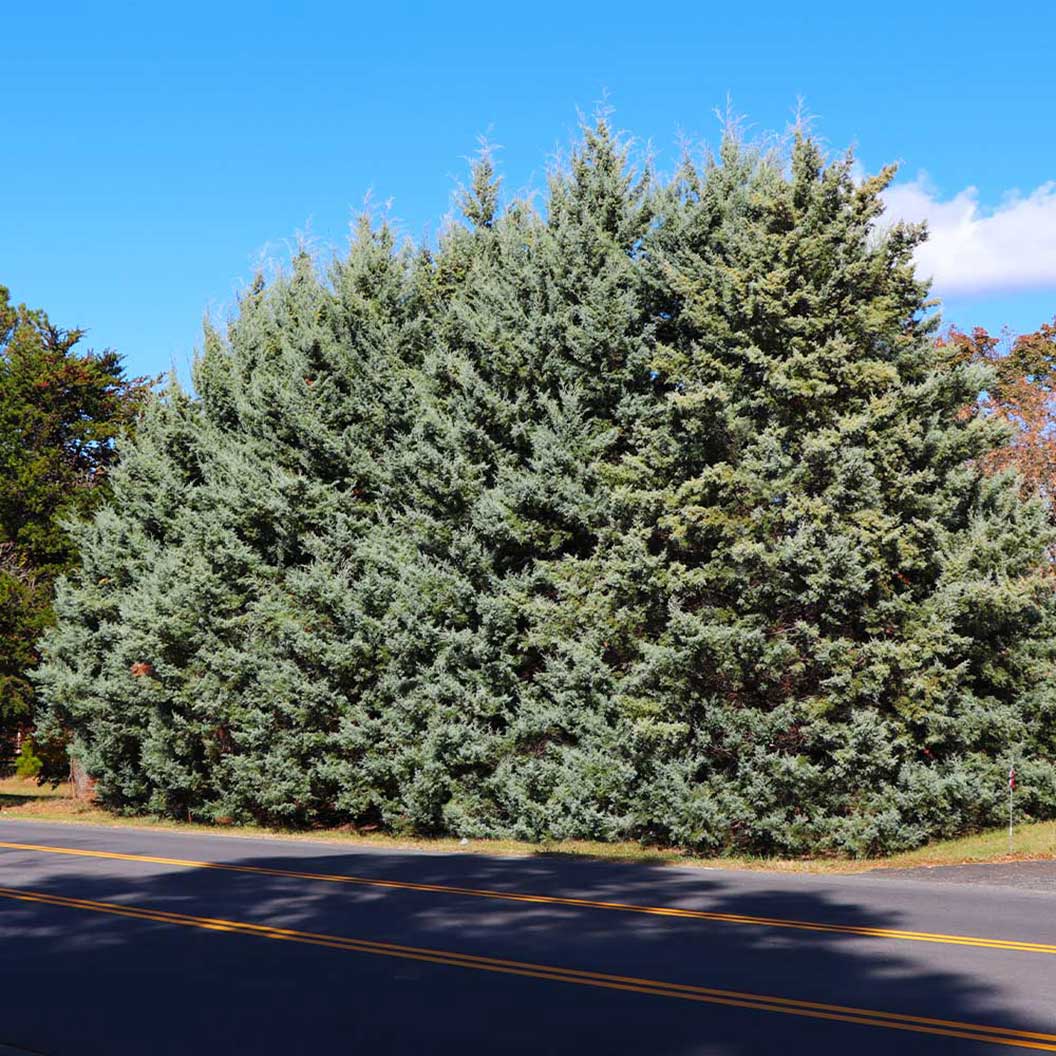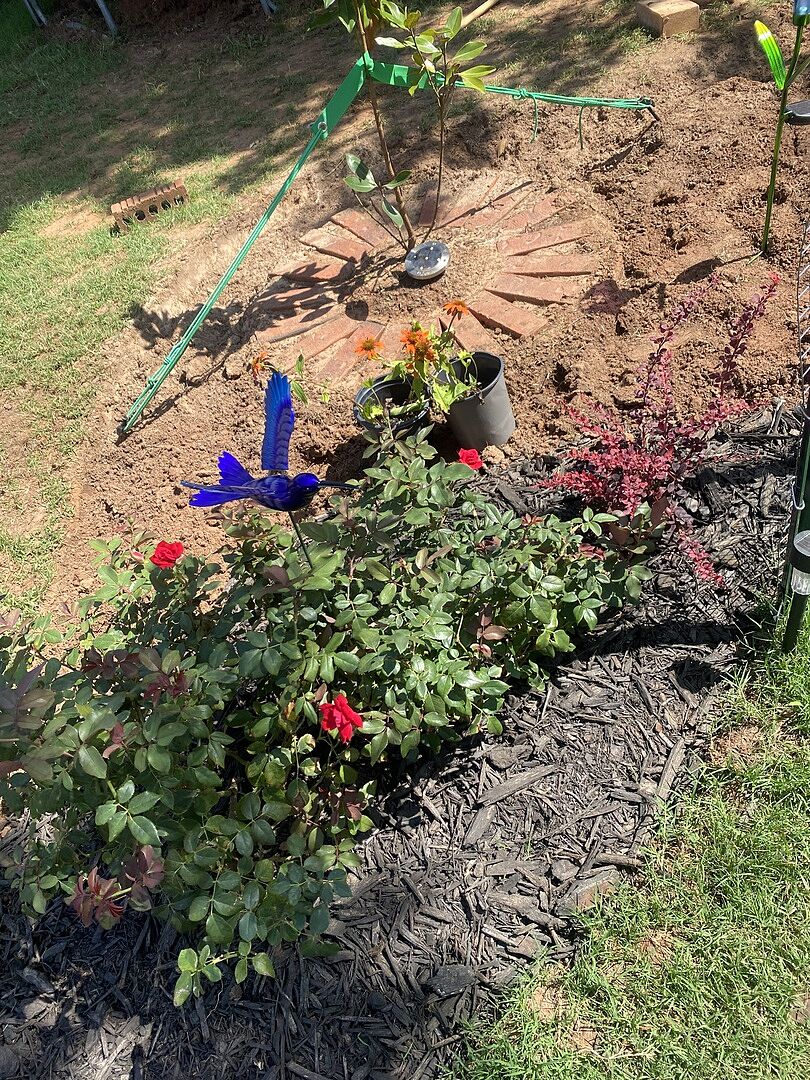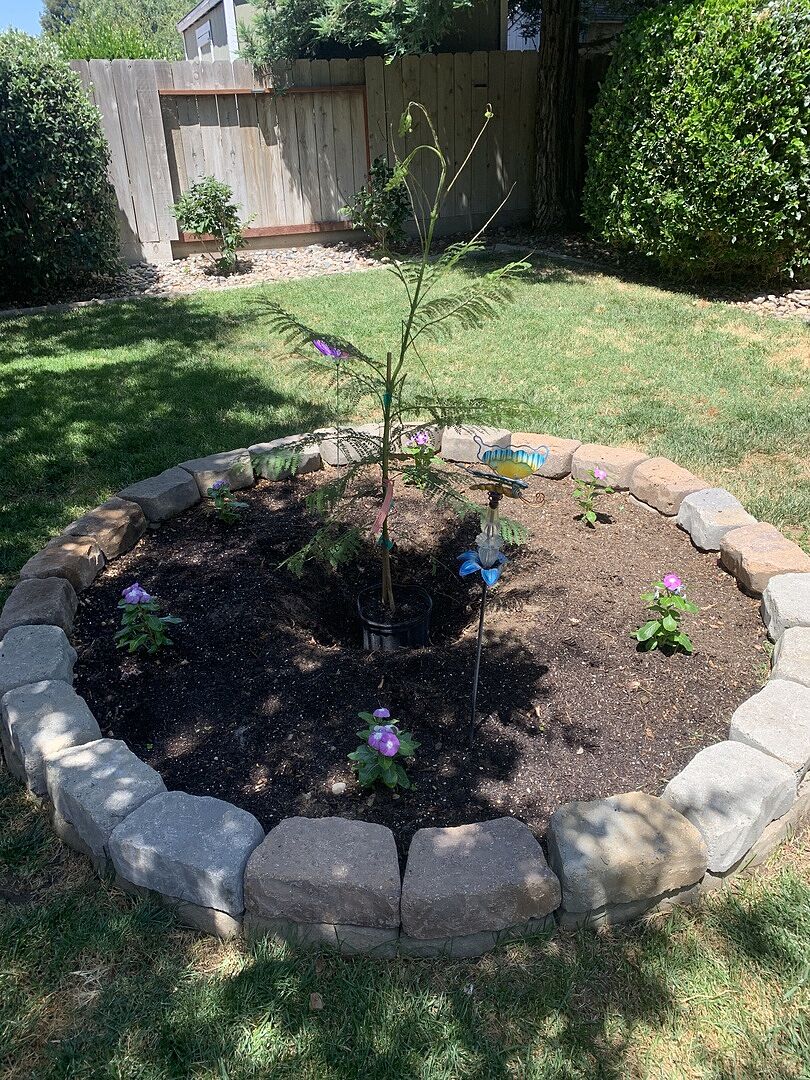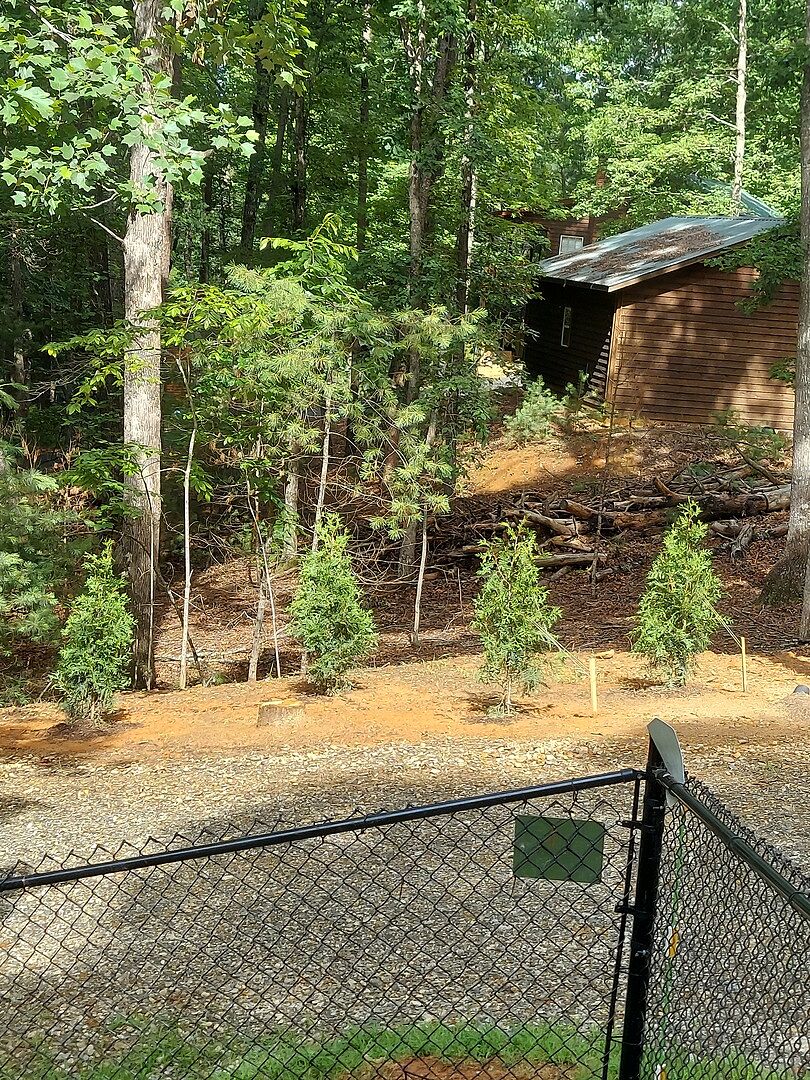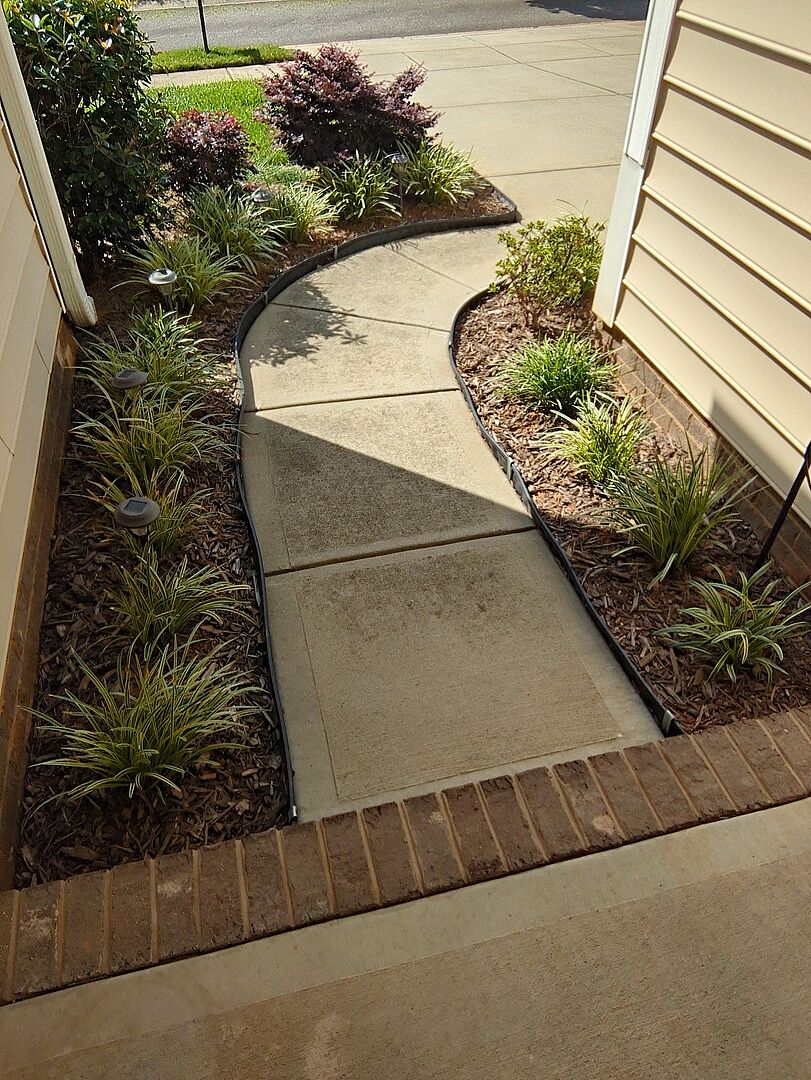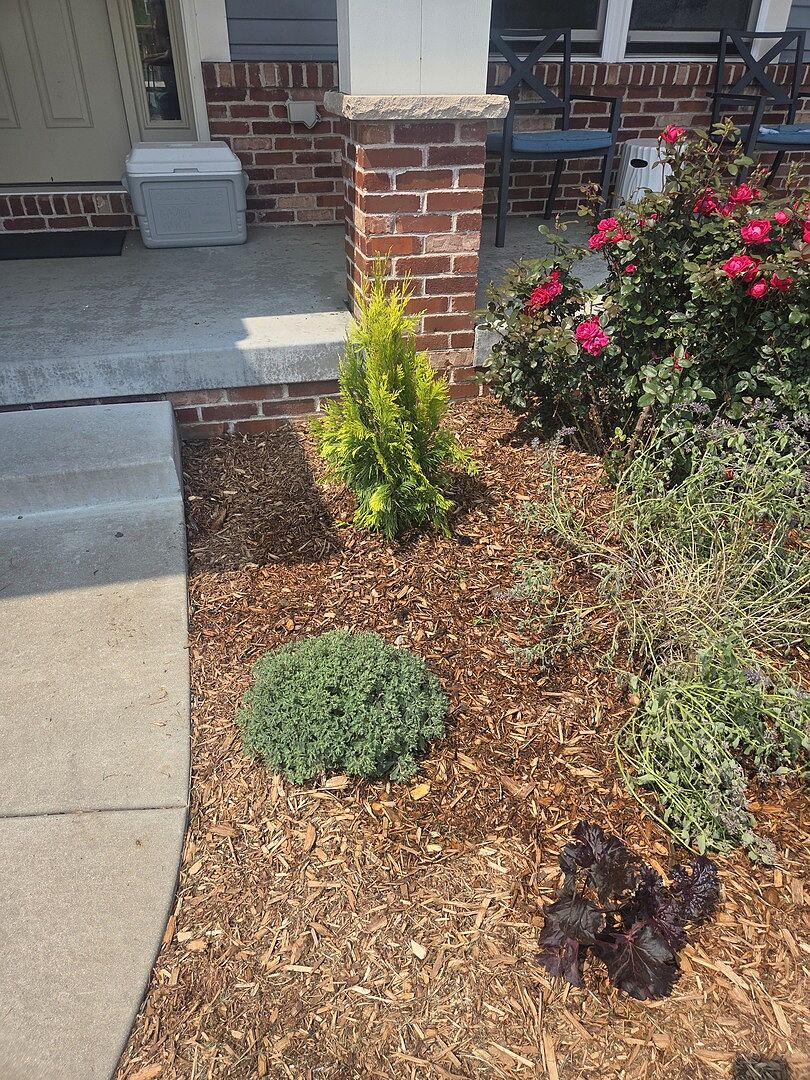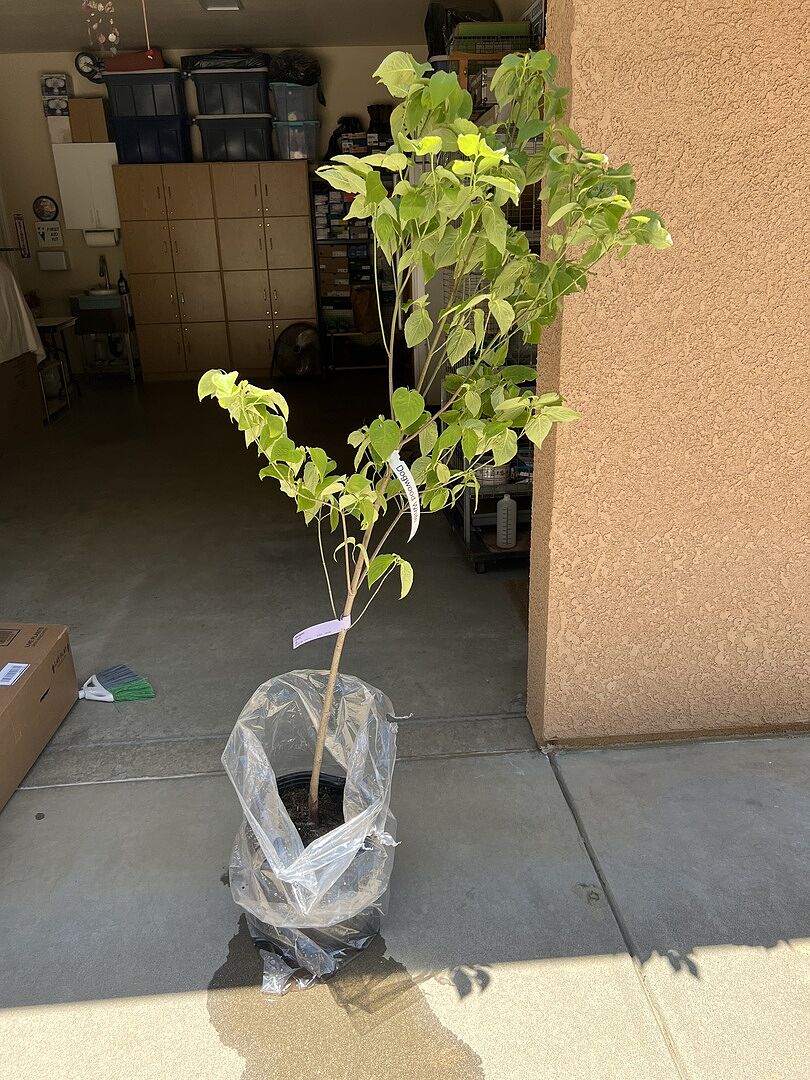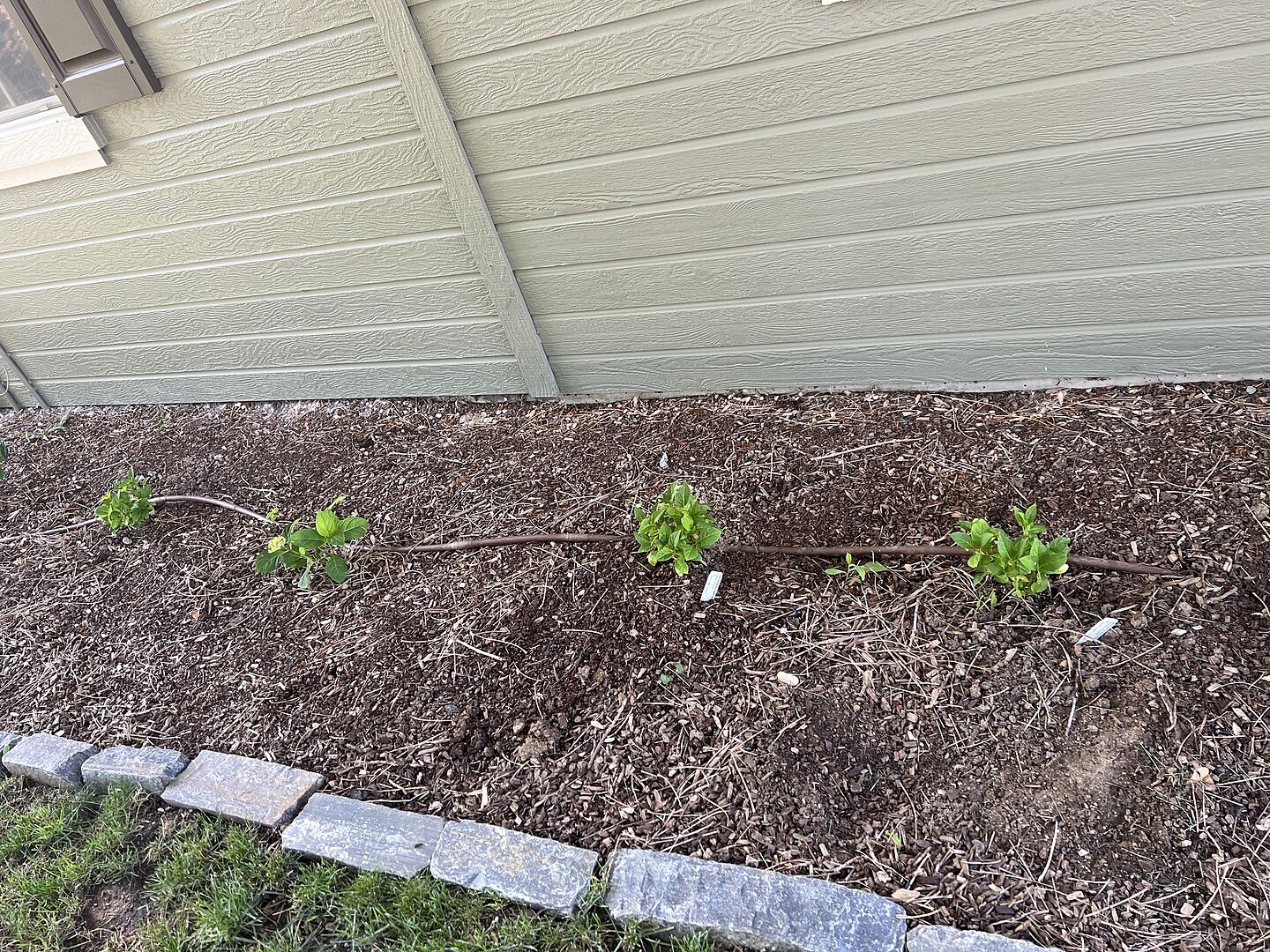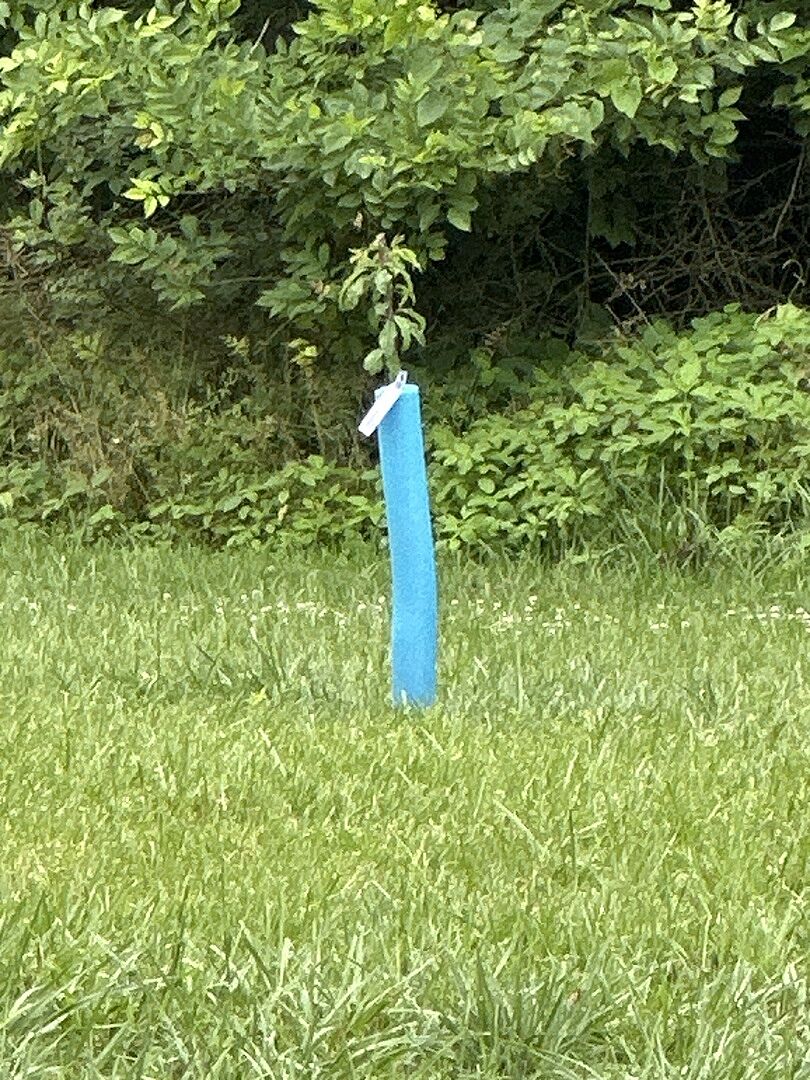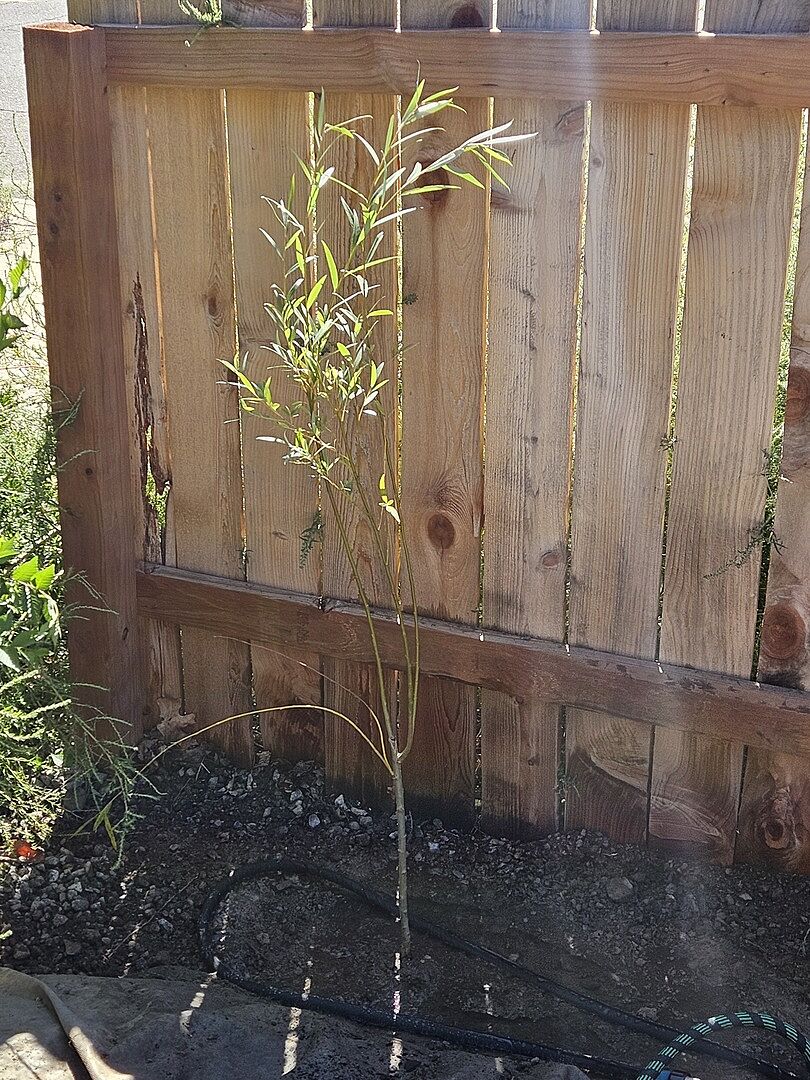Privacy Trees

Fast growth and easy, sleek privacy.
Whether you're blocking neighbors, noise, unsightly areas or all of the above, Privacy Trees are the way to go. From Green Giants and Emerald Greens to the quintessential Thuja Green Giant to the quick-growing Leyland Cypress, Privacy Trees offer an all-natural way to frame your property...no traditional fencing required.
How and When to Plant Privacy Trees
Though specific directions vary depending on the Privacy Trees you purchase, knowing your growing zone is an important first step in finding the best trees for privacy. After you’ve determined your zone, keep sunlight and watering needs in mind. Usually, Privacy Trees like full sun (6 to 8 hours of sunlight per day) and well-drained soil. Other than that, fertilizing is unnecessary, and pruning isn't required unless you want to shape your tree.
We generally recommend planting Privacy Trees in early spring or fall, before or after the threat of frost. As long as the ground is not frozen and temperature extremes are at bay, your trees should be fine.
From there, planting is simple. Select an area with well-drained soil, dig a hole large enough to accommodate the tree’s root ball (along with a bit of extra width for growing space), place your tree and backfill the hole. Also, ensure that you don't plant too close to sidewalks, power lines or structures, taking the mature height of your trees into consideration.
After you've planted your Privacy Trees, water to settle the soil and mulch to conserve moisture in the area.
What are the Best Trees for Privacy?

Spacing and More
Any of our Privacy Trees are ideal for providing a green screen, windbreak, and more, but your ideal pick will depend on the space you have. For smaller spaces, go with a tree like the Sky Pencil Holly. Because it's more narrow and compact, it's well-suited to tight areas.
If the spacing isn't an issue, the Thuja Green Giant and Emerald Green are both timeless favorites. But no matter which of our Privacy Trees you choose, spacing is important. Generally, most evergreen Privacy Trees need more space (6 to 8 feet between each tree), while pines and spruces need 10 to 12 feet of spacing.
It's also possible to layer your trees, alternating them with multiple lines of plantings based on their recommended spacing. This creates a thicker, denser appearance.




